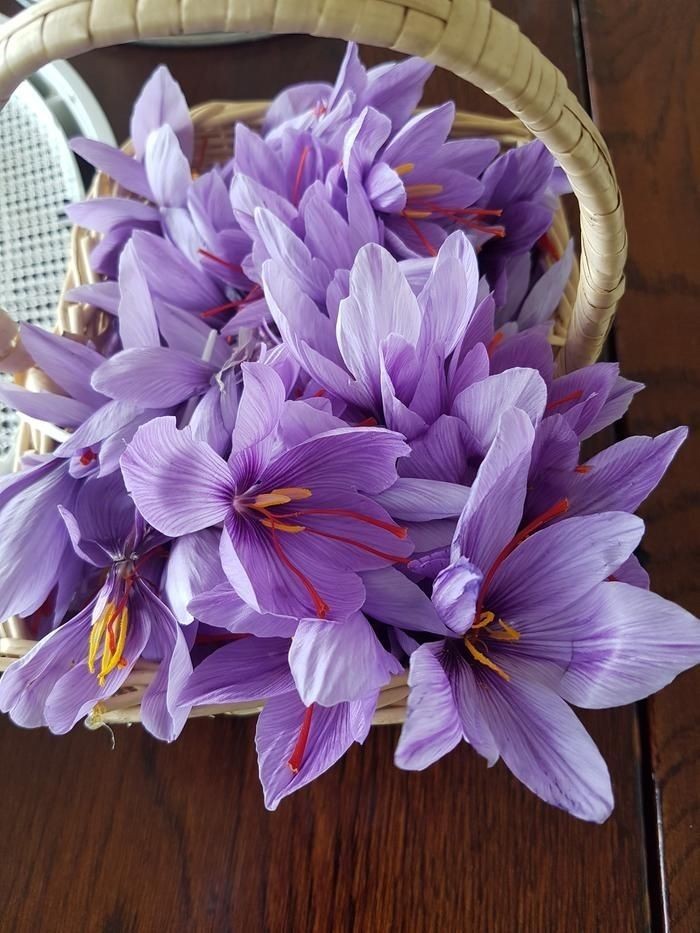Categories
The latest content
-

Customs Clearance & Import Regulations for Bulk Iranian Pinto Beans in EU, Middle East & Africa
..
-
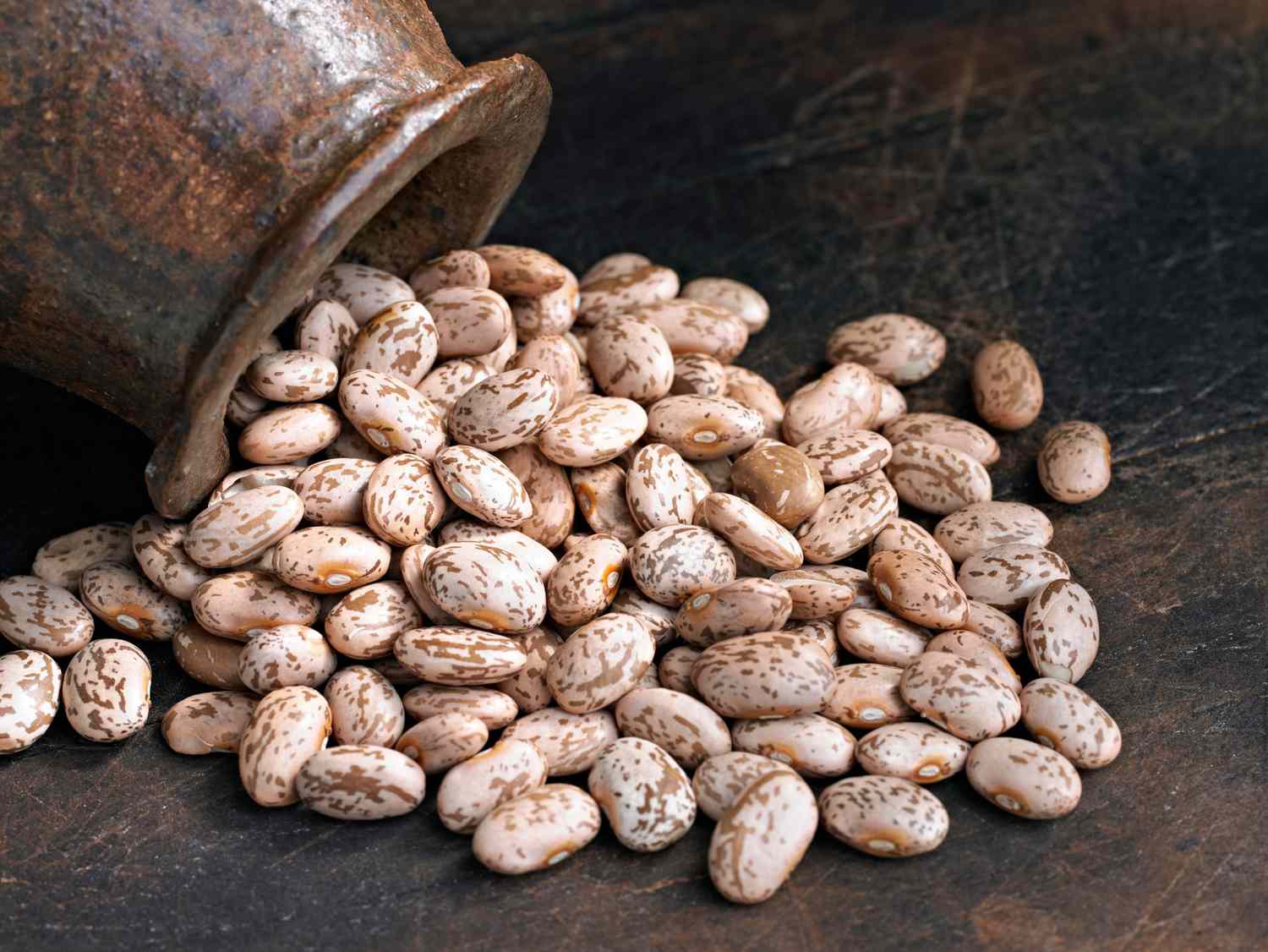
Quality Control & Laboratory Testing Standards for Iranian Pinto Beans
..
-
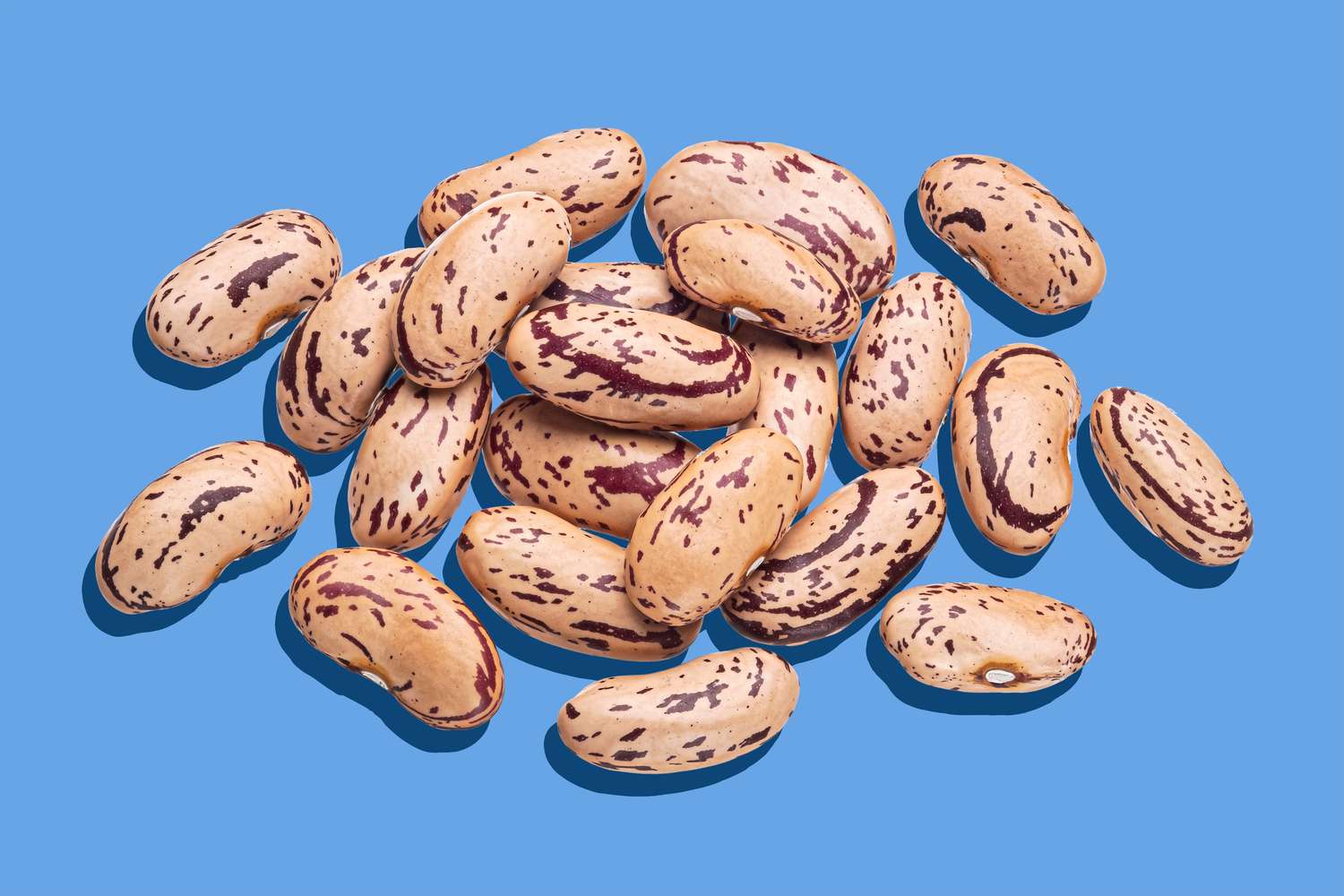
Logistics & Shipping Solutions for Bulk Iranian Pinto Bean Exports
..
-
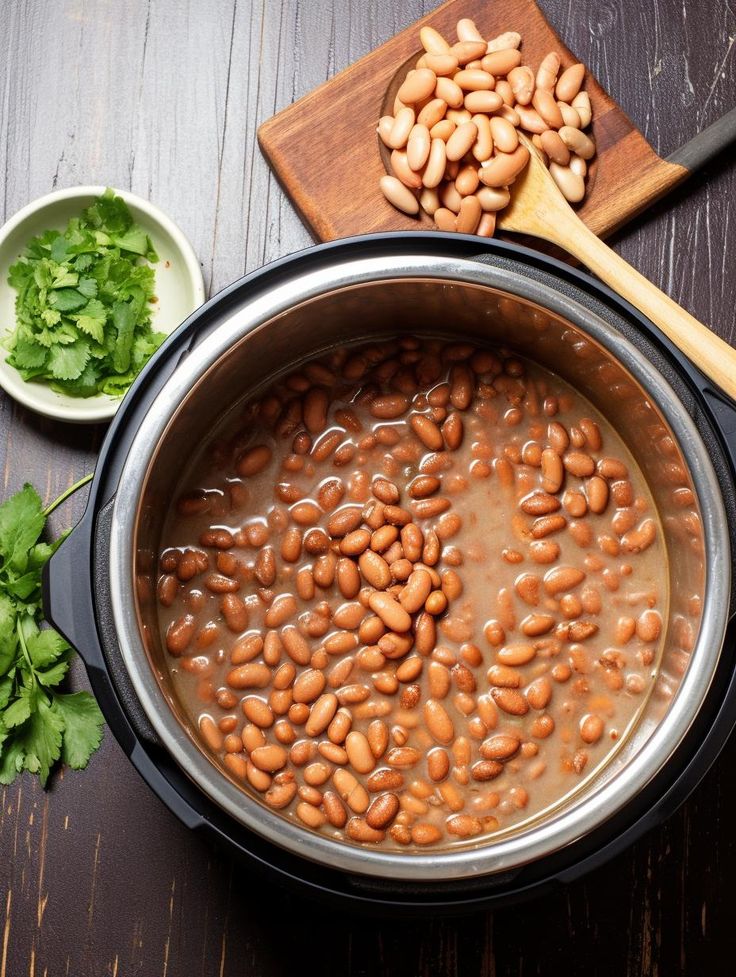
Minimum Order Quantity (MOQ) & Bulk Pricing for Iranian Pinto Bean Buyers
..
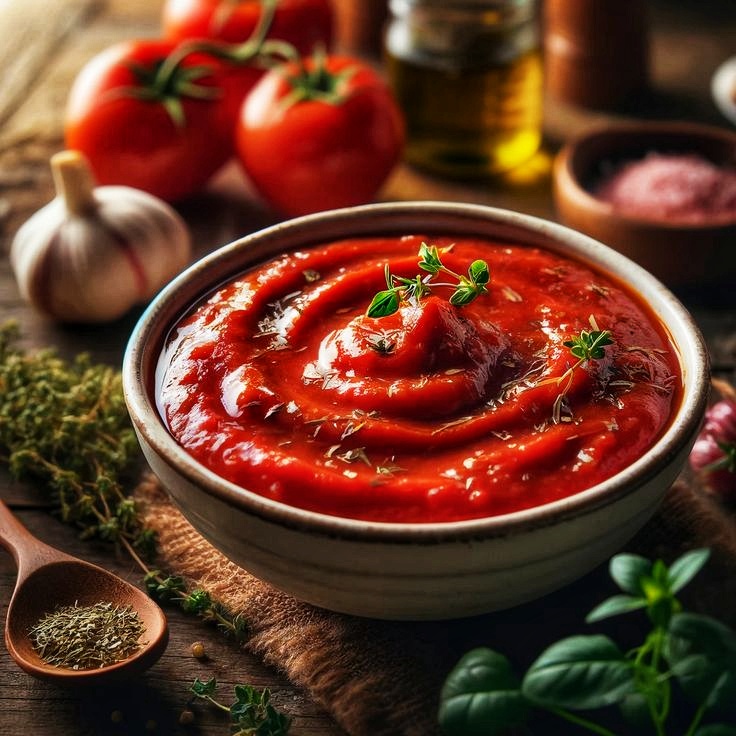
Tags
How to Import Iranian Dates? A Guide for International Buyers
.jpg)
Iran is one of the world’s largest producers and exporters of premium-quality dates. With a rich variety of date cultivars such as Mazafati, Piarom, Sayer, and Zahedi, Iranian dates are highly sought after in global markets. If you are an international buyer looking to import Iranian dates, this guide will provide you with all the essential information.
1. Understanding the Market
Before starting the import process, it’s crucial to understand the different types of Iranian dates and their uses. Some are ideal for direct consumption (e.g., Mazafati and Piarom), while others (e.g., Sayer) are better suited for industrial use, such as in date syrup and paste.
Popular Types of Iranian Dates for Export:
• Mazafati Dates: Soft, juicy, and ideal for fresh consumption.
• Piarom Dates: Semi-dry, high in fiber, and premium quality.
• Sayer Dates: Semi-dry, mostly used for processing.
• Zahedi Dates: Dry and suitable for baking and food production.
• Kabkab Dates: Soft and rich in natural sugars.
2. Finding Reliable Suppliers
To import Iranian dates, you need to work with a trustworthy supplier. You can find suppliers through:
• Trade Fairs & Exhibitions (e.g., Gulfood, Iran Agrofood, Anuga)
• B2B Marketplaces (e.g., eWorldTrade, Alibaba, Tradekey)
• Iranian Export Companies & Direct Farms
When choosing a supplier, verify: ✔ Quality certifications (ISO, HACCP, organic certifications) ✔ Experience in international trade ✔ Customer reviews and references ✔ Packaging and storage capabilities
3. Legal & Regulatory Requirements
Each country has specific import regulations for agricultural products. Make sure to check:
• Food safety standards & quality control measures
• Required import licenses
• Tariffs and customs duties
• Labeling requirements (language, origin, expiry date, etc.)
Most Iranian date exporters provide necessary documentation such as: ✅ Phytosanitary Certificate ✅ Certificate of Origin ✅ SGS or Health Certificate ✅ Commercial Invoice & Packing List ✅ Bill of Lading (B/L) or Airway Bill (AWB)
4. Choosing the Right Shipping Method
The best shipping method depends on your budget and urgency:
• Air Freight: Faster but more expensive; suitable for fresh dates like Mazafati.
• Sea Freight: Cost-effective for bulk orders; best for semi-dry and dry dates.
• Land Transport: Ideal for regional buyers (e.g., UAE, Turkey, Iraq, Russia).
Storage Considerations:
• Fresh dates (Mazafati) require cold storage.
• Dry dates (Zahedi, Sayer) can be stored at room temperature in proper packaging.
5. Payment & Pricing Terms
Discuss pricing based on:
• Quantity & Order Size
• Packaging Specifications
• Incoterms (FOB, CIF, EXW, etc.)
Common payment methods include:
• Telegraphic Transfer (T/T) in advance
• Letter of Credit (L/C) for large orders
• Escrow services for secure transactions
6. Customs Clearance & Final Delivery
Once the shipment arrives, you’ll need to clear customs by:
• Submitting required documents
• Paying import duties & taxes
• Ensuring compliance with local food safety regulations
Work with a customs broker if needed to streamline the process.
Conclusion
Importing Iranian dates can be a lucrative business if done correctly. By selecting the right supplier, understanding regulatory requirements, and ensuring efficient logistics, you can successfully bring high-quality Iranian dates to your market. If you are looking for a reliable supplier, feel free to contact us for premium Iranian dates at competitive prices.
Need Assistance? Contact us today for expert guidance on sourcing and importing the best Iranian dates for your business!



